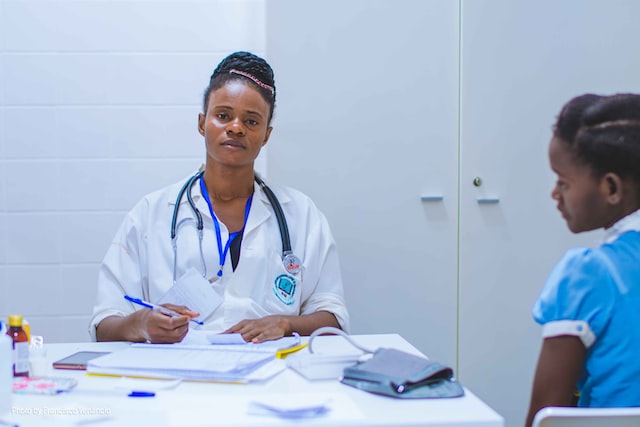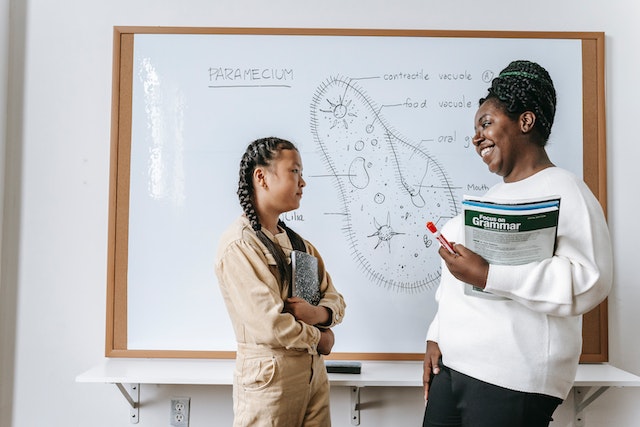MEANING AND STRUCTURE
The Future Perfect Continuous Tense helps us to take a shot at the past from the future. Let us take a look at its structure.
Subject+Auxiliary(will)+Auxiliary(have)+Auxiliary(be)+Main verb
In this tense, in case of the negative sentence, we put the word ‘not’ in-between ‘will’ and ‘have’.
For question sentences, we exchange the subject and ‘will’
EXAMPLES OF FUTURE PERFECT CONTINUOUS TENSE
Let us take a look at a few examples:
| subject | Auxiliary verb | Auxiliary verb | Auxiliary verb | Main verb | ||
| For positive sentence | I | will | have | been | eating | |
| You | will | have | been | traveling | ||
| For negative sentence | She | will | not | have | been | writing |
| We | will | not | have | been | playing | |
| For question sentence | Will | you | have | been | waiting | |
| Will | they | have | been | watching |
Sometimes, in the cases of ‘I’ and ‘we’, we use the word ‘shall’ instead of the word ‘will.
While we talk with the help of Future Perfect Tense, very often we mix the subject and ‘will’ – something like this:
| I will = I’ll |
| They will = They’ll |
| She will = She’ll |
| We will = We’ll |
- She’ll have been writing.
- I’ll have been eating at 9pm.
For the negative sentences, we can combine the word ‘won’t’, something like this:
| I will not = I won’t |
| She will not = She won’t |
| He will not = He won’t |
| They will not = They won’t |
| We will not = We won’t |
- She won’t have been driving for long.
- You won’t have been eating, will you?















